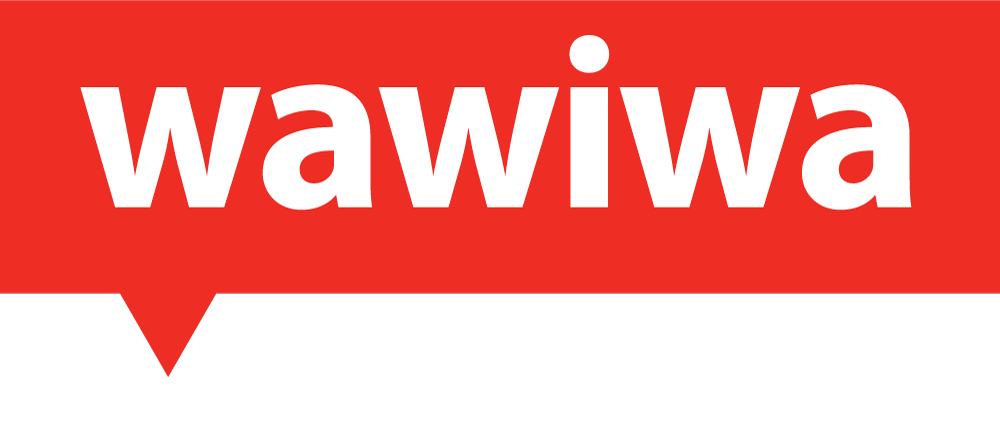The industry needs professionals with “digital skills”. What are these skills they’re talking about? What is the difference between basic and advanced tech skills? We spell it out for you below. Read to find out what level of digital skills you have!
The technology sector is taking over the masses! You can’t get through the New York Times, Forbes, or the Washington Post without seeing an article about technology, rapid digitalization, or another new way the world is using AI. However, some of the terminology the articles use can be unclear and confusing.
One of the things Wawiwa aims to do is to make tech and tech training more accessible. This also includes how it is presented in the news. We did this previously, focusing on key differences between the tech skills gap and tech skills shortage. Both are extremely important, yet completely different issues.
Today’s tech talk terminology focuses on breaking down beginning, intermediate, and advanced digital skills. Articles express that the demand for advanced skills are at an all time high. Some are explaining the problem of basic technology skills deficits. What’s the difference? What does basic or advanced entail? We clarify it all here.
Beginner Digital Skills
Beginner digital skills focus on simple tech tasks. Basic tasks are often categorized into the following topics: information and data literacy skills, communication/collaboration, digital content creation, safety skills, and problem-solving skills.
Someone with basic digital skills can do tasks from all five categories. Think of the tasks you do on a daily basis. Can you read, archive, and throw away an e-mail? Can you easily navigate from website to website? Can you handle basic file management and creation? Can you identify an internet scam or a phishing e-mail? Can you create presentations and work on Excel sheets? If you answered yes to everything, you probably have a good grasp on basic digital skills!
The idea is that simple digital tasks are ones everyone should have complete competency in. Is that the case? Not necessarily.
Research done on the EU revealed that many countries struggle with simple digital skills. While the Netherlands and Finland had almost 80% of the population, aged 16-74, knowledgeable in basic digital skills, countries like Bulgaria (31%) and Poland (43%) are not even reaching half-of the population.
In the United States, only one-third of working Americans are considered to have basic digital skills.
Deficits can be accounted for multiple things. Digital literacy is still taking a while to be integrated into public school curriculum. Additionally, access to relevant technology is not always the norm for many households, especially in poorer and developing nations.
Intermediate Digital Skills
The hiring market is also becoming more demanding! Most employers are now asking candidates to come in with more than just the ability to write on a Word document. People with intermediate skills are becoming more competitive and valuable to their employers. But, what exactly are those “intermediate” skills?
Intermediate tech skills start deviating from the surface level, and begin focusing more on the magic behind technology. Intermediate tech skills also cannot be learned immediately. They require time, practice, and even homework to help reinforce.
The biggest intermediate skills can be categorized into the following:
Data Analysis – Basic usage of Excel, Power BI, Basic SQL
Coding/Programming – Basic ability to code and program on JavaScript, Python, C, and C++
Social Media Experience – Strong capabilities of content, graphic, and video creation (Adobe Photoshop, Canva, Adobe Premiere)
Project Management – Experience with managing digital products, utilizing project management platforms, and strong intermediary skills
Advanced Digital Skills
Advanced skills accelerate the intermediate skills into lifelong careers. As opposed to being able to code here and there or knowing basic data analytics tools, people with advanced tech skills create entire websites from the ground up as Software Developers. They take accumulated data and translate it into meaningful information as Data Analysts and Data Scientists. They protect vulnerable computer systems from malware and hacker attacks as Cybersecurity Specialists.
In addition, advanced tech skills entail combining multiple tech skills to create even more complex technology. Sectors like Augmented and Virtual Reality (AR/VR), DevOps, Artificial Intelligence, Machine Learning, and Cloud Technology, are a product of advanced digitalization.
The world currently faces a lack of tech professionals that can sustain this quick, technological growth. More than 85 million tech professionals need to emerge to meet the demands. However, we still have much work to do to get there.
In tech-centric countries like the United States, only 33% of United States workers have advanced digital skills. Even Global Skills Index research reveals that 3-in-4 professionals don’t have the advanced skills needed for their workplaces.
Leveling Up
With the tech talk terminology now easier to decipher, we hope the technology stories you read about in the future can have a lot more clarity.
Additionally, we hope this provides a better understanding of the current status of the world’s technological knowledge. There remains many large changes that need to be made to provide easy access to upskilling and reskilling opportunities and to ensure more people learn digital skills. Doing this ensures we can optimize our global digital transformation!



